As anyone who has browsed through a few pages of this blog realizes, it is a sea of black-and-white. Not just the text and the background, but the pictures are all like that, too. Yes, it can get a bit dull not seeing color, but the fact is that the vast majority of World War II pictures were taken using standard black-and-white film. That film had many advantages back in the 1940s, including the fact that it was about five times cheaper than color film and more readily obtainable.
Anyway, just to provide a splash of color, I have assembled some of my favorite color photographs of the war here. There is no theme to these pictures aside from their being color shots and taken during the World War II period. Some of them may be colorized, but, if so, whoever colorized them did an excellent job.
The biggest issue with color shots of World War II is trying to weed out the ones from later films and other recreations. For instance, there are many outstanding color shots of World War II aircraft that unfortunately derive from the 1969 "Battle of Britain" film. It was a great film and done with as much authentic equipment that they could find (in fact, they went to extreme lengths to get appropriate aircraft), but those are not authentic shots so I try not to use them.
Anyway, I hope you enjoy these color (or colorized) photos from the war. This is the first page of a lengthy series on this site showing color or colorized photos of World War II.
You may find more color photos of World War II on
page 1 and
page 2 and
page 3 and
page 4 and
page 5 and
page 6 and
page 7 and
page 8 and
page 9 and
page 10 and
page 11 and
page 12 and
page 13 and
page 14 and
page 15 and
page 16 of this series.
 |
| This was taken in The Netherlands in 1940. |
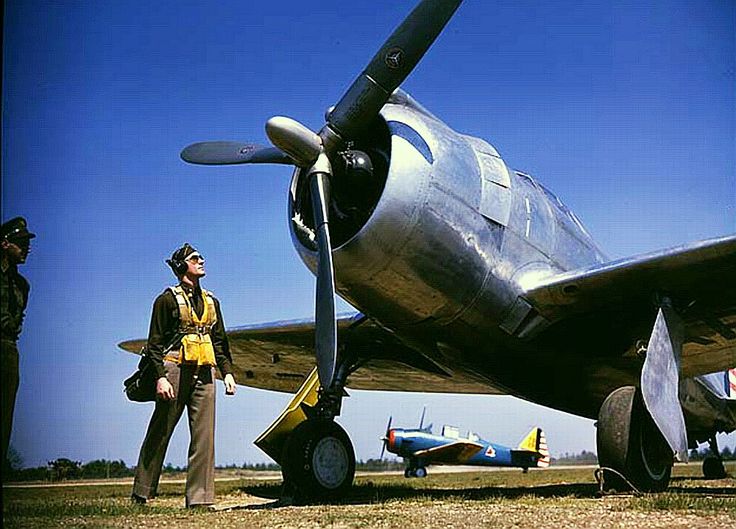 |
| Republic P-43 Lancer., used mainly for long-range, high-altitude photo recon missions. |
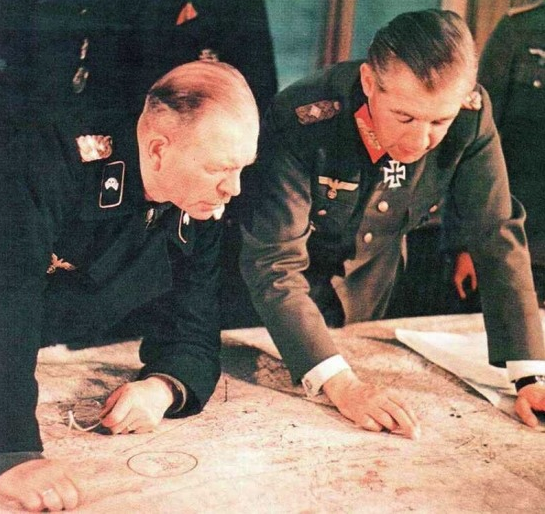 |
| General Heinz Guderian goes over strategy late in the war. |
 |
| Boeing B-17 Flying Fortress. |
 |
| German Focke-Wulf FW-190 fighters nicely silhouetted against the horizon. |
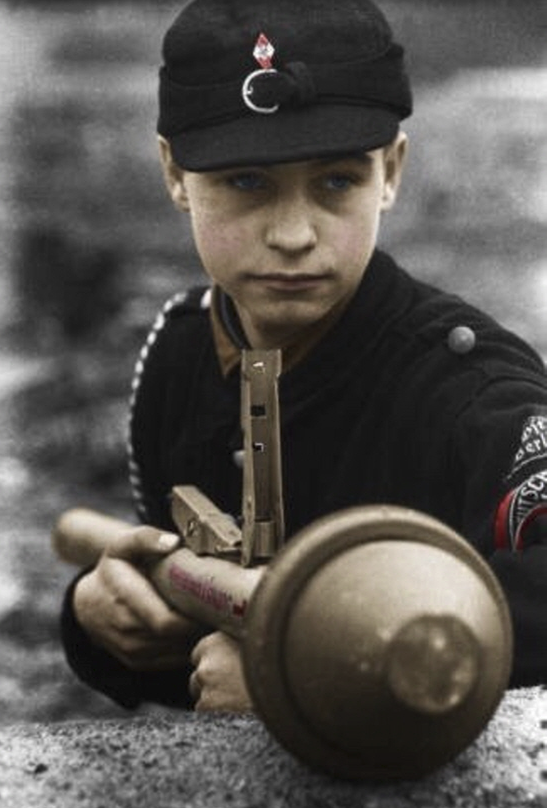 |
| A German boy wields a Panzerfaust (colorized). |
 |
| During 1942, the Germans attempted to interdict traffic across Lake Ladoga to besieged Leningrad. If successful, Operation Hobgoblin might have had an effect on the outcome of the war. However, the German grasp on the shores of the lake was too tenuous to mount a serious presence. I believe those are Siebel ferries. |
 |
| Another Operation Hobgoblin photo. |

 |
| Spanish soldiers of the Blue Division (Division Azul). They were stationed south of Leningrad. |
 |
| "Churchill tanks of A and B Squadrons, 43rd Battalion, Royal Tank Regiment, 33rd Brigade moving across rough terrain." ©IWM TR213. |
 |
| In Cyrenaica, Libya, Summer/Autumn 1941, East Sector’s Commander of 'Aeronautica della Libia', Generale di Brigata Aerea Ferdinando Raffaelli, prepares for life-off in a Macchi MC.200 of the Regia Aeronautica Italiana’s 373rd Squadriglia, 150th Gruppo Autonomo Caccia “Asso di Bastoni” (Ace of Clubs). Note Raffaelli's insignia of one red star over a light blue background on the fuselage. |
 |
| A Consolidated PBY 5 Catalina. |
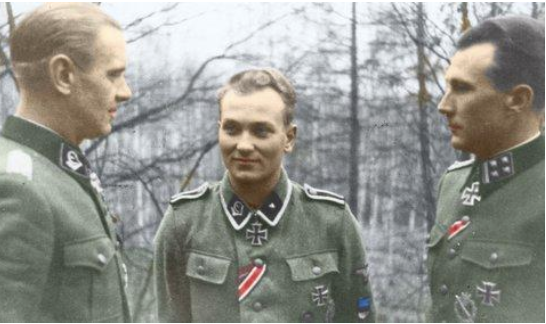 |
| Three Estonian officers (Alfons Rebane, Harald Nugiseks, Harald Ripalu) on 25 December 1944. |
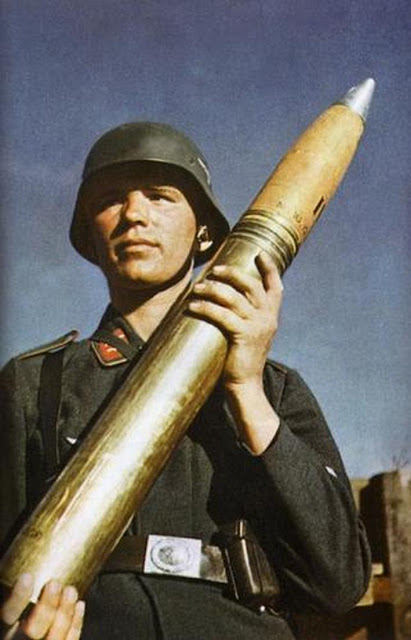 |
| A soldier holding a 88 mm shell. |
 |
| A Sherman tank of the 1st Armored Division in Italy. |
 |
| Churchill tank of the 4th battalion Grenadier guards, 6th British guards armoured brigade (4th Battalion, Grenadier Guards, 6th Guards Armoured Brigade) with troops in the Saint-Pierre-Terenten (Saint-Pierre-Tarentaine). |
 |
| Fiat G.50 Freccia ("Arrow") Italian fighters. |
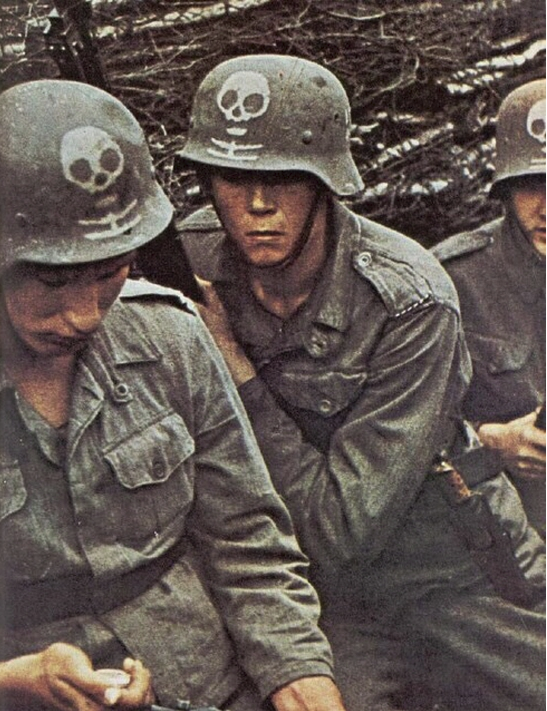 |
| Penal troops in the Wehrmacht. |
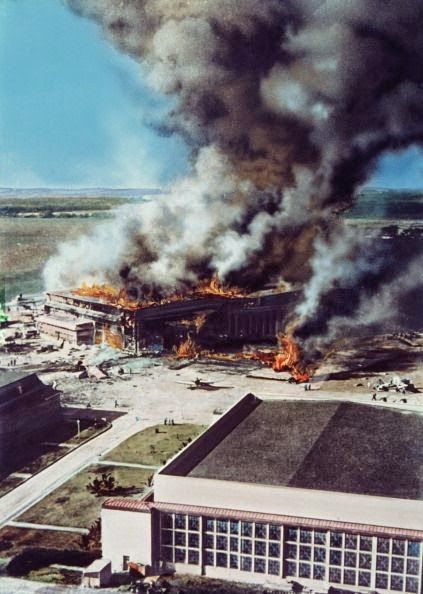 |
| Pearl Harbor. |
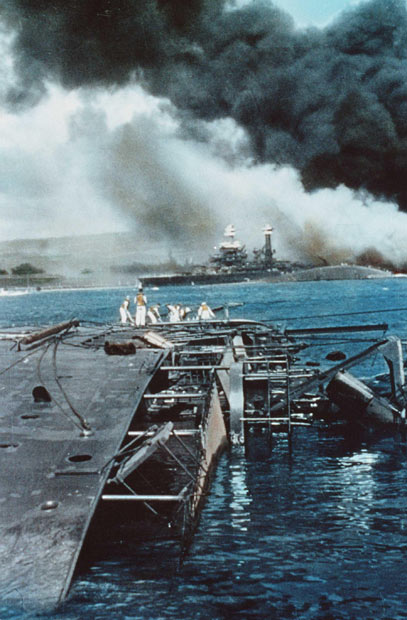 |
| Pearl Harbor. |
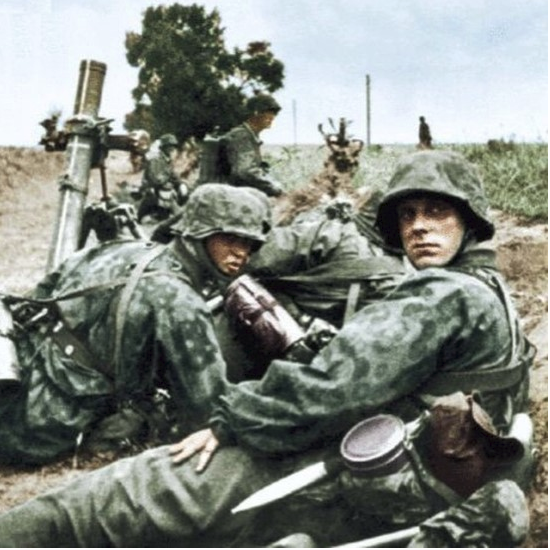 |
| Danish soldiers of Freikorps Danmark. |
 |
| Tanks during the Battle of the Bulge, 1944/45. |
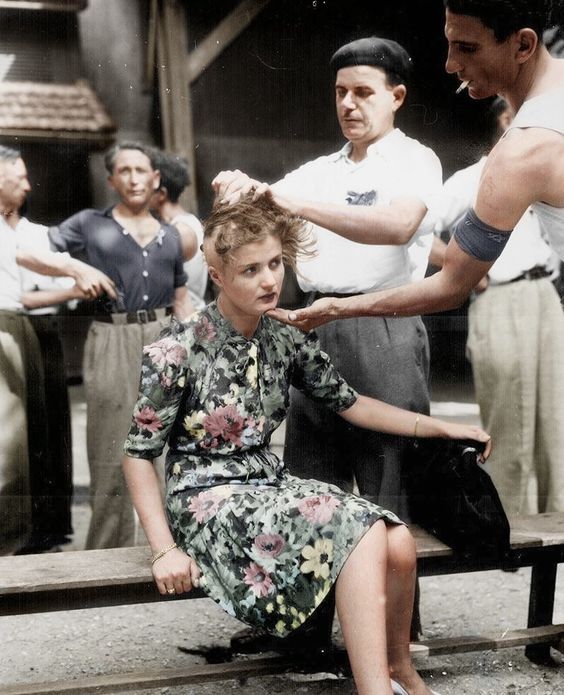 |
| Punishment for collaboration, Montelimar, France, 1944 (colorized). |
 2018
2018























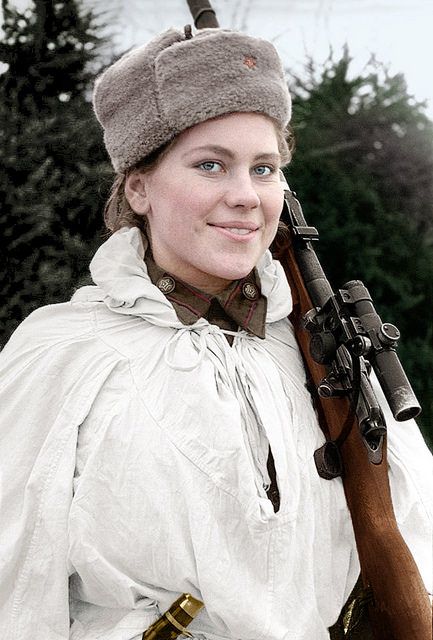
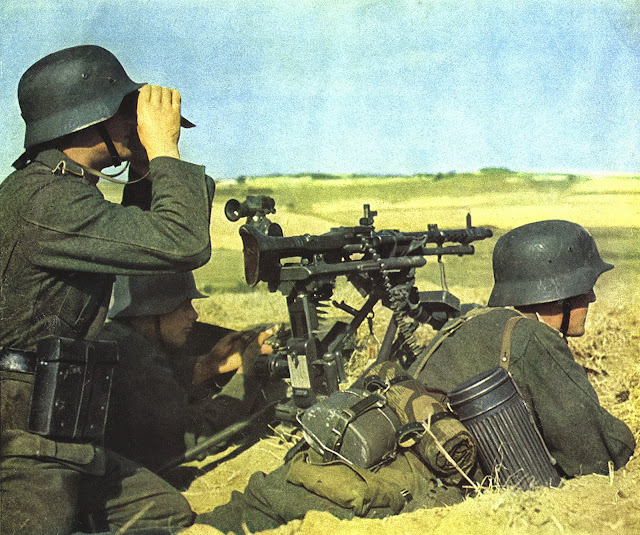






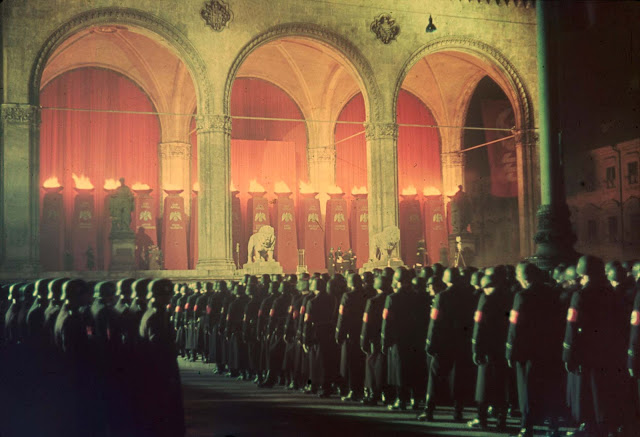






The photo above that says "Bf 109" is wrong. The plane is a FW-190.
ReplyDeleteby David J. Smith ([email protected])